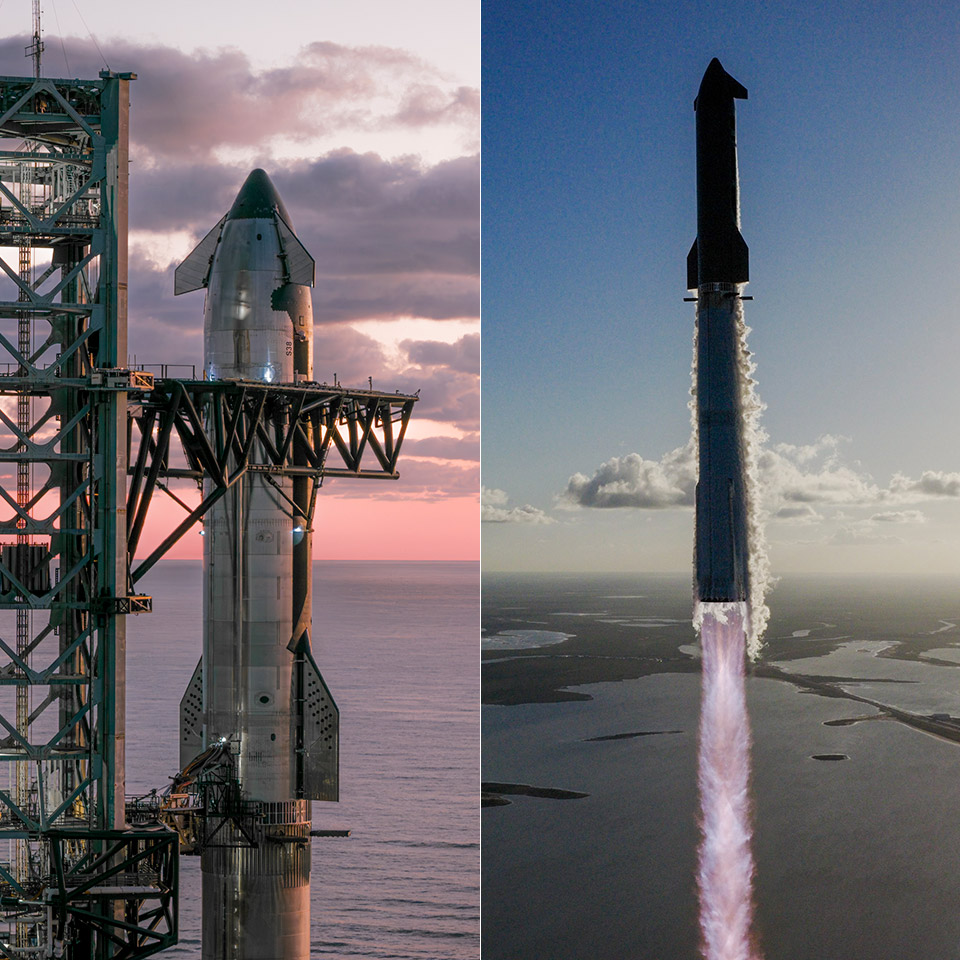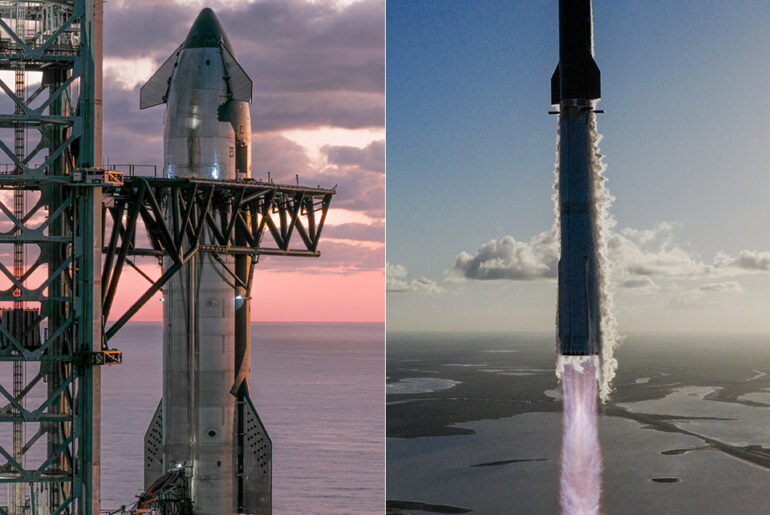
October 13th, 2025 will be remembered as a turning point for SpaceX. At 6:23 p.m. local time, the Starship rocket blasted off from Starbase in South Texas. Flight 11 was the final hurrah for Starship’s Version 2, marking the beginning for some truly exciting times ahead. Standing an incredible 403 feet tall, this absolute behemoth of a machine carried the hope for landing on the moon, establishing colonies on Mars, and ushering in a new era of space travel.
Starship’s trip began with an ear-splitting, deafening roar when its Super Heavy booster’s 33 Raptor engines ignited, producing a mind-boggling 16.7 million pounds of thrust. Around 2.5 minutes after blast off, the booster separated from the higher stage (the Ship), allowing it to travel into space on its own. In an impressive display of control, the Super Heavy fired 13 engines, then 5, and 3, to finally maneuver itself for a precise landing in the Gulf of Mexico.
- 3 LEGO space toys in 1 box – Boys and girls ages 9 and up who love space can build and rebuild 3 different sets using the same set of bricks with...
- Endless space play possibilities – Kids can play out daring stories among the stars with 3 different space playsets: an astronaut figure, a space...
- Posable space figures – The astronaut toy has posable legs, feet, arms and fingers, and the space dog has a posable tail and legs so kids can choose...
SpaceX founder Elon Musk watched as a spectator from outside the control room for the first time, describing the experience as “completely visceral.” And they now have some backing: NASA is on board with the same ambition, and they have already lined up Starship to be their first crewed lander for the Artemis 3 mission in 2027. The rocket is a beast, capable of transporting 165 tons of cargo into orbit, and its entirely reusable design makes it a game changer not only for moon missions, but also for the eventual objective of settling Mars.
Just a few months ago, the top stage of three successive test flights failed – Flights 7, 8, and 9: the stage burst mid-flight or broke apart on re-entry. And then, in June, another ship crashed on a test stand. But then, just when you thought everything was lost, Flight 10 in August came along and turned things around by performing a completely flawless launch, re-entry, and splash down. Flight 11 simply built on that success, demonstrating that the new Version 2 design could really hold its own, and even managed to show off SpaceX’s relentless pace – they used the same Super Heavy booster as Flight 8, and what is even more impressive is that 24 out of 33 engines were reused from the previous flight.
The current Version 2 Starship has now been retired, making room for Version 3, which is scheduled to launch in 2026. That will be a significant upgrade; it will be slightly taller, have significantly upgraded Raptor engines, and be capable of carrying a lot more fuel, all of which are required for voyages to the Moon and Mars. But that’s not all; SpaceX is also upgrading their infrastructure, including a second launch pad at Starbase that is nearly ready to go, as well as a new flame trench to handle the rocket – all of which are aimed at supporting a higher flight rate – which is critical because NASA relies on them for this, and SpaceX intends to launch dozens of Starships in quick succession.










